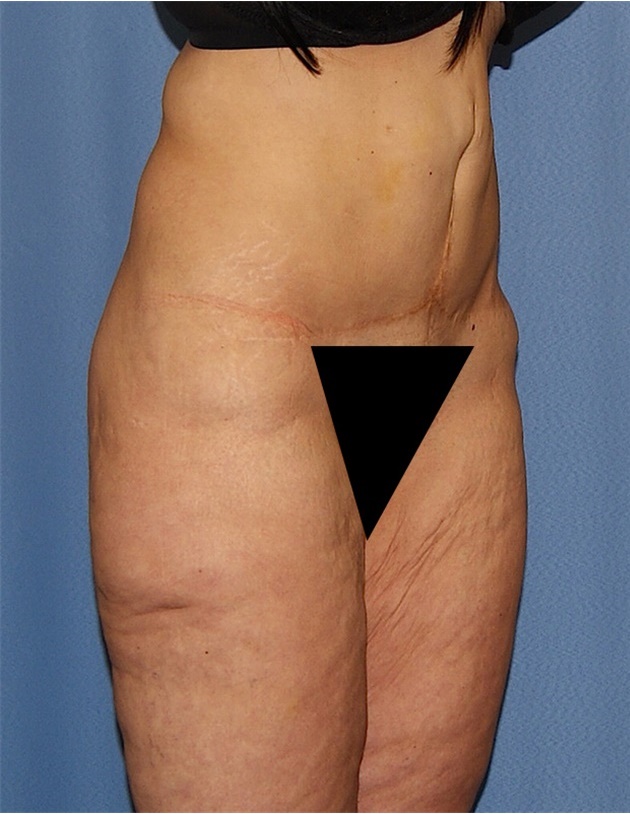
You can take a few steps to stop bleeding after breast augmentation. First, see your surgeon. To drain blood and reduce swelling, they may use a draining method. Then, they can administer a blood thinner to prevent further blood loss.
Hematoma
Hematomas that occur after breast augmentation are extremely rare. Although the exact cause is unknown, it has been associated with a polyurethane-coated implant and friction forces between the prosthesis surface and the surrounding tissue. Ibrahim et al. Willens et.al. reported cases involving late hematomas in women who had breast augmentation with bilateral submuscular silica gel. Reports of late bleeding from breast augmentation have been made for as long as nine years.
While the condition can be uncomfortable, it isn't serious and will usually go away on its own. Avoid strenuous activities and sleep on your back to minimize swelling. In some cases, additional surgery may be required to drain any remaining hematoma.

Seroma
After breast augmentation, symptoms of seroma bleeding include swelling, pain, and possibly discharge. These symptoms often appear between seven and 10 days after surgery. Seromas that are not treated will usually disappear within a month to two months. Larger seromas can take up a full year. In extreme cases, surgery may be required to remove the erma. You can still manage your symptoms at home.
The disruption of the blood supply is responsible for seroma formation. This disrupted blood supply can lead to tissue loss (known as necrosis). Different surgical techniques can result in different rates of seroma bleeding.
Post-operative bleeding
Minor bleeding following breast augmentation should not be considered alarming. Patients should not be concerned about excessive bleeding. However, it is rare for it to become serious. If your clothing is stained by blood, you should cover it with tissue. Normal bleeding is caused by blood leaking from the incision. You should consult your doctor if you notice excessive blood.
Many factors can lead to post-operative hemorhage. For example, bumping or stretching the operative area can cause blood to flow from the wound. You can avoid post-operative bleeding by wearing compression garments that help restrict movement and place pressure on the wound site. The surgeon may need stitches if excessive bleeding occurs. A higher chance of bleeding is also present if you have a tendency for bruises. For two weeks, avoid taking aspirin or blood-thinning medicines before and after the surgery.

Treatment
Infections can be a major problem after breast augmentation. If the infection is severe, the surgeon may have to remove the implant and wait up to six months before putting in a new one. The cost of the procedure covers the costs associated with treating infection. It is normal for patients to experience some degree of asymmetry after the procedure. However, symmetry is not possible.
It is quite common to have bleeding from the breasts. This can be treated with a reduction in blood pressure. Although most cases resolve by themselves, if the bleeding persists, the surgeon may have to perform another surgical procedure to drain it.